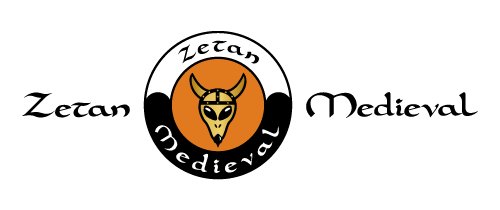THE CAMPEADOR CID
El Cantar de Mío Cid, is a literary work based on a real character, Rodrigo Díaz de Vivar, who came to be known as El Cid Campeador (Cid comes from the Arabic word sidi , which means lord). The work is anonymous, although some attribute it to a minstrel from Medinaceli. In it, real facts are mixed with facts that are the fruit of the author’s imagination, the latter being, unfortunately, the most numerous, turning the work El Cantar de Mío Cid into a literary work that has little to do with the true reality of the character of the cid.
The town of Vivar, in the city of Burgos, was where Rodrigo Diaz de Vivar was born, as the book Las Mocedades del Cid (S. XIV) recounts. The date of his birth is not known, although different historians fix it between the fork that goes from the year 1041 and 1057.
The great philologist Ramón Menéndez Pidal, in his work La España del Cid, in which he studies our character, places him as a hidalgo son of Diego Laínez. While still young , he was left an orphan, for which he shared his education with Sancho, son of Fernando I, King of Castilla y León. Sancho taught him how to use weapons, as well as how to read and write. When he was old enough, he became part of the hosts of Fernando I, by decision of the king himself. When the king died, Sancho and his brother Alfonso entered into a fight. Rodrigo sided with Sancho, his childhood friend, and fought against Afonso, managing to defeat him in some battles. However, these partial victories in the end triumph smiled at Alfonso. So he, knowing Rodrigo’s worth as a warrior, decided to forgive him and incorporate him into his army.
After his marriage to Jimena, El Cid went on a raid without the monarch’s authorization, for which he was banished, along with his vassals, by the then king, Alfonso VI. Then El Cid had no choice but to find someone to pay him for his arms services, getting the King of Zaragoza, Al- Muqtadir , to accept him to fight on his behalf. He was working on it when he reconciled with King Alfonso and was restored to his former position under Alfonso’s orders. But the agreement between the two did not last long, as he was again exiled for disobeying the king when he ordered him to come to meet him in Valencia, at the time that Berenguer Ramón II besieged the city. El Cid ignored Alfonso VI’s order and did not go to Valencia.
Before his second banishment, the Cid began his path of arms with only his men, and without any agreement with anyone. He set his goal in the conquest of Valencia, which began in 1093 and ended with the capture of the city a year later.
El Cid Campeador was in Valencia, without leaving it, until his death in the year 1099. He was buried in the Cathedral of Valencia, but in 1102 the city was vacated due to a fire. Then his corpse was sent to the Monastery of San Pedro de Cardeña in Burgos. During the War of Independence, the French took him out of his grave and placed him in a pantheon in the center of Burgos. But the remains of El Cid did not end there, as they still toured, again, the Cardeña Monastery, the Burgos Town Hall and finally the Burgos Cathedral where they rest next to those of his wife Jimena, since 1921.
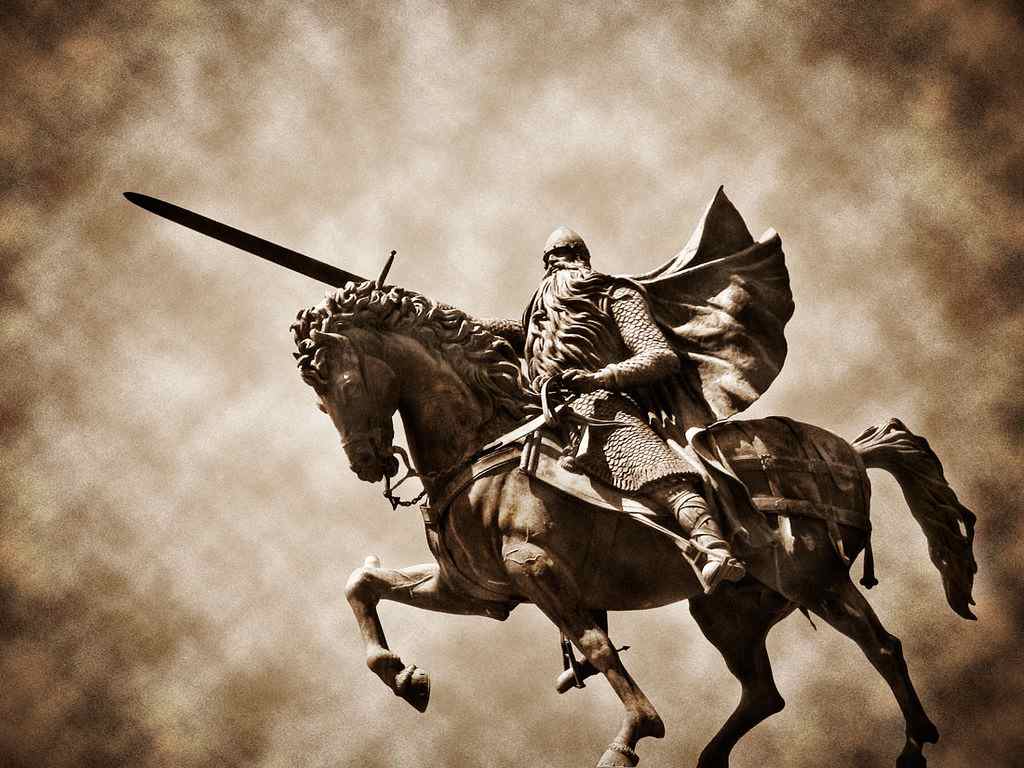
THE SWORDS OF THE CID
Rodrigo Díaz de Vivar was formed as one of the most important Spanish warriors in history, fighting on the battlefield with his Tizona and Colada swords, which he used in his contests with Arabs and Castilians. His figure has never been exempt from stories and legends. One of the reference books to know about the Cid is the Song of Mío Cid, much of it legend and little history. His story is closely linked to Valencia, where he died
Tizona is a 93 centimeter sword that seems to be a gift he received after winning a battle. What is clear, as a result of the studies carried out on the sword and the character, is that both the sword and El Cid coexisted at the same time. Another thing is whether the Tizona was truly used by El Cid, something that has not been proven, although some dare to say that indeed, El Cid used this sword made in Seville. In the Song it is said that the sword was part of the booty that the Cid took to King Búcar of Morocco in Valencia. The Tizona that we can see now is not the original, since its handle was replaced by another. However, the history of this sword is wrapped in many enigmas. Some say that it was in the power of the Catholic Monarchs. Later it was acquired by the Marquis de Falces, who in 2008 sold it to some businessmen from Burgos, who transferred it to the Junta de Castilla y León. It can currently be seen in the Museum of Burgos. The only basis for affirming that the Tizona was the Cid’s sword is the Cantar de Mío Cid, an essentially literary work with very little history.
Colada sword , as with the Tizona, only refers to it in El Cantar, although many believe that it is a fantasy of the author of the work. La Colada does not appear in any of the accounts of that period of history. There is no record of a sword of this type in any of the chronicles of the time, but the song itself remembers it as one of the two blades used by Díaz de Vivar to expel the Muslims from Levantine lands. Always according to the Cantar la Colada, like the Tizona, it was taken as part of a booty. In this case, it was given to him by its owner, the Count of Barcelona, Berenguer Ramón II, the fratricide, as part of his ransom, in Valencia. Later and according to the Song, it was donated, together with Tizona, to his sons-in-law, the infantes of Carrión, who never existed. After the affront of Corpes, the sword passed back into the hands of the Cid, who in turn gave it to one of his men; Martín Antolínez, who used it in future campaigns.
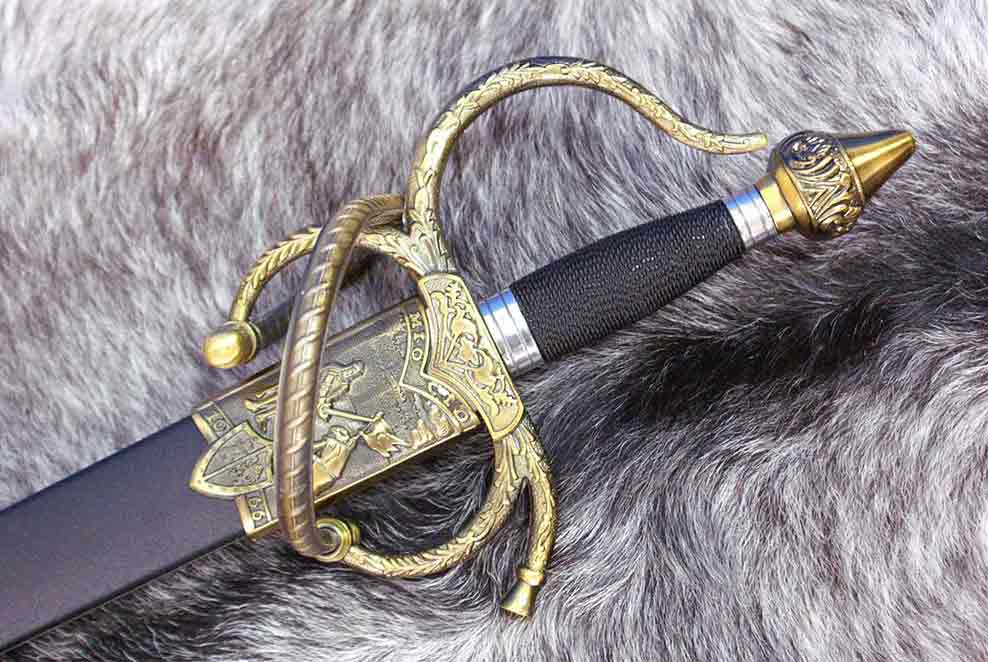
HOW MANY SWORDS DID THE CID HAVE?
El Cid would have possessed at least three swords: the name of the first is unknown (the romancero assigns it to Mudarra, Rodrigo’s bastard brother) and Colada and Tizón, won as war booty from King Búcar of Morocco, and Count of Barcelona, Berenguer Ramón II.
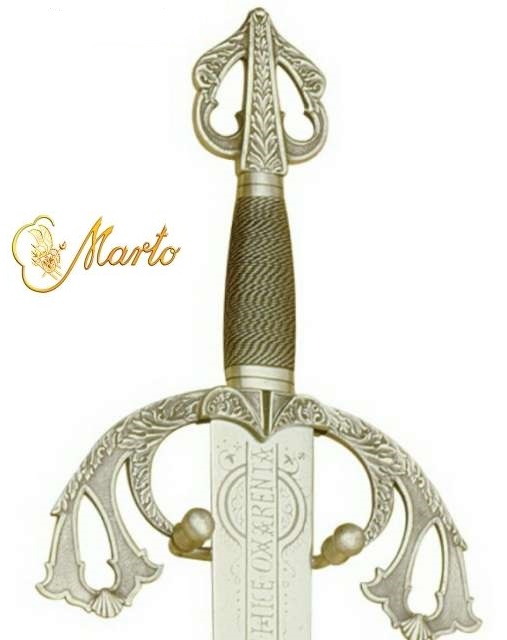
WHAT DOES TIZONA MEAN?
According to the dictionary of the RAE Tizona means white weapon .
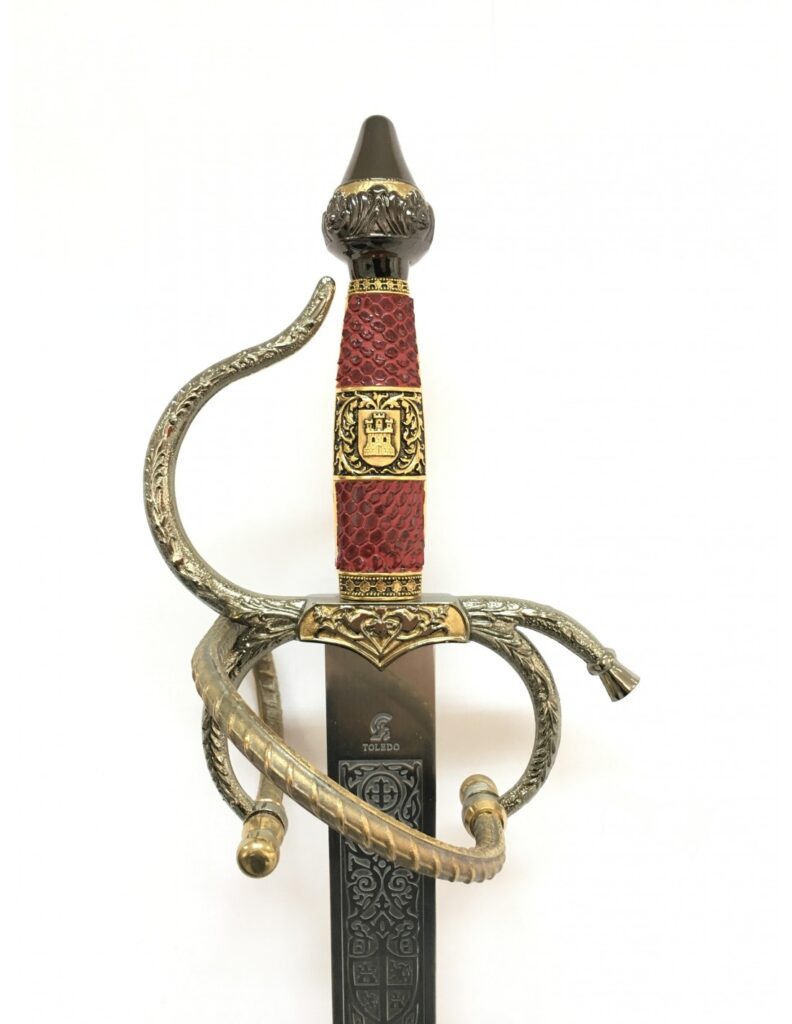
HOW MUCH WAS THE TIZONA MEASURED AND WEIGH?
The Tizona measured 93 centimeters long and 4.5 wide, and weighed 4.5 kg.

HOW MUCH IS THE TIZONA SWORD WORTH?
In its last acquisition, in 2008, it was valued at 1.6 million euros, which some businessmen from Burgos paid to transfer it to the Junta de Castilla y León.
